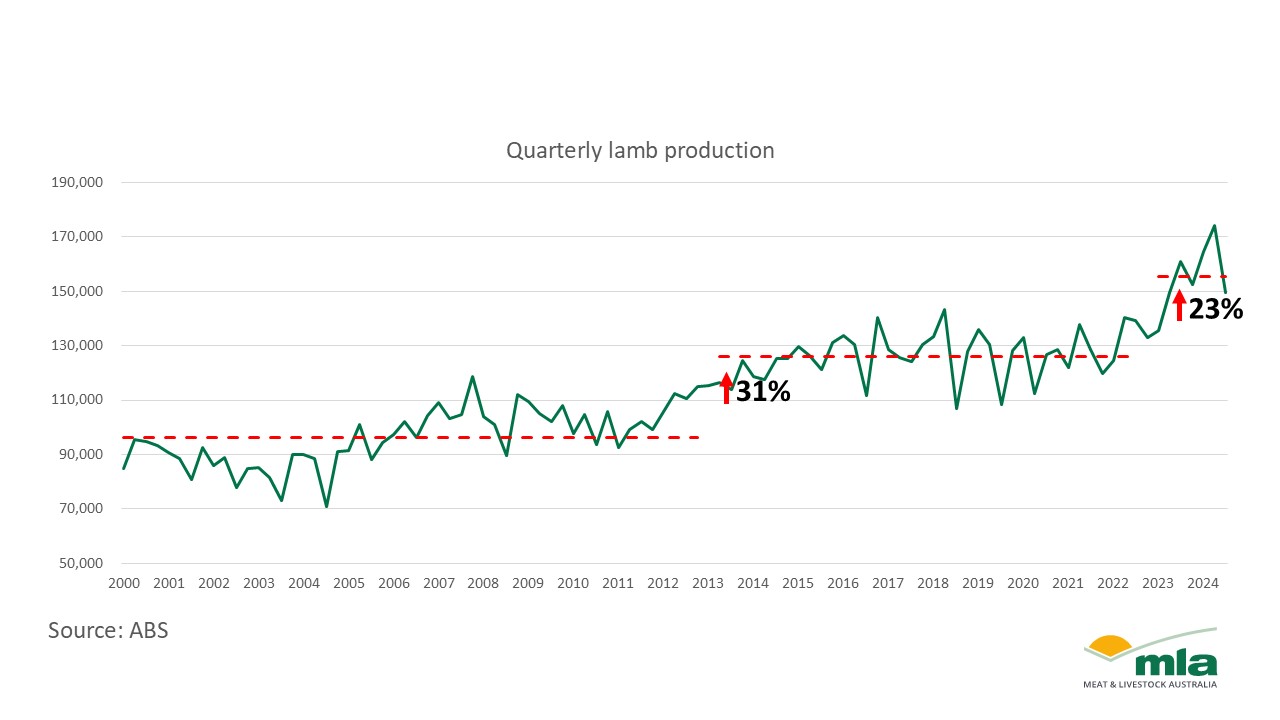In response to United States President-elect Donald Trump’s threats to impose a 25 per cent tariff on Canadian imports and his , Canada and its allies must urgently explore new international trade strategies. Trump’s proposed tariffs and hurt the economy if left unchecked.
Author
- Deborah de Lange
Associate Professor, Global Management Studies, Toronto Metropolitan University
The and its members have an opportunity to counter potential adverse effects of forthcoming U.S. policies by and increasing .
A requires that a variety of stakeholders – consumers, businesses, governments, non-governmental organizations, and academia, among others – co-operate to transition away from a linear economy (buy, use, throw away), and, instead, repurpose materials and energy.
Building a because wasted materials and energy not only damage the environment, but are also growing increasingly scarce and expensive. examines whether higher rates of industrial circularity can increase a nation’s trade.
To address these economic, security and environmental issues, industries must prioritize the development of circular systems. The future of our economic security and natural environment requires a cross-sector effort to advance circularity.
Increasing global trade
One of the most conspicuous examples of waste’s impact is the – massive, floating islands of debris. In developed countries, municipal services remove trash from sight, making it easy to forget its environmental consequences. However, many developed countries – – export their waste to developing countries that have less capacity to deal with the issue.
Sometimes it takes the actions of other countries to put pressure on developed countries to change. When , developed countries had to figure out how to deal with their own waste, rather than exporting it. This has included improved recycling, but it also created opportunities for business innovation.
Making waste tradeable requires processing and to repurpose materials into usable goods. The circular economy, therefore, presents an opportunity for the trade of new, more environmentally friendly products to consumers.
Increasing global trade by using waste instead of throwing it away also offers openings for emerging and developing economies to participate in more international trade. They can build new businesses that take advantage of circular international business opportunities. Now more than ever, need .
The circular economy also stimulates business activity by encouraging collaboration between organizations, resulting in the creation of new companies. It will while saving materials and energy.
Circularity and international trade
Europe as part of the European Green Deal. Italy .
Italian legislation has supported the development of , where companies collaborate locally on sustainable business practices, such as selling material outputs to each other to reduce waste.
Italy has also developed research, clean production, distribution, and post-consumption waste projects to embed circularity into its economy. For example, Italy encouraged the use of recycled and compostable materials in packaging and products through while taxing virgin materials in construction.
Even Italy’s fashion industry is involved, with research initiatives like . Consumer groups have signalled their support through the , which is backed by 18 Italian consumer associations.
However, European companies still need clearer economic information that connects investing in circular business models with tangible financial benefits. This is where comes in.
Circular economy boosts trade
Using several years of data from all 27 European Union countries, my study found a clear connection between circular material use and international exports of the largest types of waste trade – metals, plastics and chemicals.
The EU tracks annual circular material use rates by country. My analyses showed that across material types, higher national circularity drives international trade in waste and scrap. In other words, countries with higher circularity rates engaged in more international trade.
This direct link highlights the potential for firms to invest in the business of the circular economy. Once this fact is understood, then the international market opportunities await.
But what is the best way to support the development of circularity across industries? Research has debated whether policies or research and innovation are most effective tools for change.
Building a circular economy
My study found that circular economic policies, research and innovation – separately and combined – significantly improve countries’ industrial circular capabilities. Among these measures, that impose costs on polluting proved particularly effective, .
My study was made possible by the European Union’s commitment to providing publicly available data . This level of co-operation is a model all nations would benefit from. Cross-sector partnerships have also resulted in the creation of successful eco-industrial parks.
Establishing more of these hubs would be a tremendous step forward and enable more circular trade across borders. Canada is already a leader in this space, with examples like .
Established in the 1970s and supported by Dalhousie University’s Eco-efficiency Centre, this park is one of the largest in northeastern North America. It hosts roughly . Collaborative partnerships at the park have included waste exchange in wooden pallets, metals and packaging.
Burnside Park is just one of many examples of how Canada can build its economic security through industrial ecology. However, to reduce dependence on the U.S., Canada needs its businesses and eco-industrial parks to diversify into international markets. Europe has become a with initiatives like the EU’s program helping to make international connections.
Globally, the could serve as an inclusive forum to expand discussions and initiatives aimed at furthering the circular economy to distribute wealth, improve the environment and reduce tensions on an international level.
Although consumers may push for a circular economy, firms need strong economic incentives to invest in change. My research provides strong evidence that lucrative international markets reward business investment in circularity. In the face of potential international economic instability, Canada and its allies have incentives to grow and diversify the global economy through circular economy international trade.
![]()







